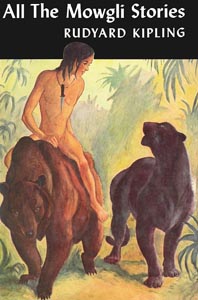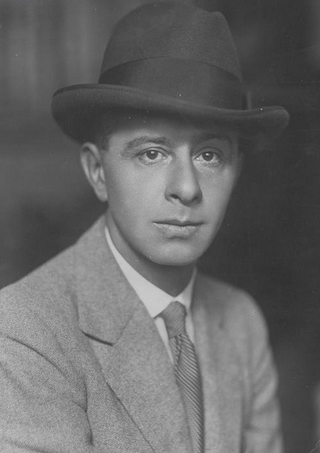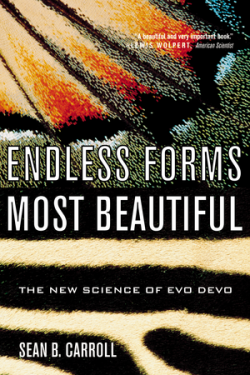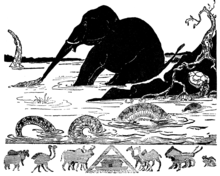
Joseph Rudyard Kipling was an English novelist, short-story writer, poet, and journalist. He was born in British India, which inspired much of his work.
This is a bibliography of works by Rudyard Kipling, including books, short stories, poems, and collections of his works.

Mowgli is a fictional character and the protagonist of Rudyard Kipling's The Jungle Book stories. He is a feral boy from the Pench area in Seoni, Madhya Pradesh, India, who originally appeared in Kipling's short story "In the Rukh" and then became the most prominent character in the collections The Jungle Book and The Second Jungle Book (1894–1895), which also featured stories about other characters.

The Jungle Book (1894) is a collection of stories by the English author Rudyard Kipling. Most of the characters are animals such as Shere Khan the tiger and Baloo the bear, though a principal character is the boy or "man-cub" Mowgli, who is raised in the jungle by wolves. The stories are set in a forest in India; one place mentioned repeatedly is "Seeonee" (Seoni), in the central state of Madhya Pradesh.

The Second Jungle Book is a sequel to The Jungle Book by Rudyard Kipling. First published in 1895, it features five stories about Mowgli and three unrelated stories, all but one set in India, most of which Kipling wrote while living in Vermont. All of the stories were previously published in magazines in 1894–5, often under different titles. The 1994 film The Jungle Book used it as a source.

Rudyard Kipling's The Jungle Book, also known as The Jungle Book, is a 1994 American adventure film co-written and directed by Stephen Sommers, produced by Edward S. Feldman and Raju Patel, from a story by Ronald Yanover and Mark Geldman. It is a live-action adaptation of the Mowgli stories from The Jungle Book (1894) and The Second Jungle Book (1895) by Rudyard Kipling, alongside Walt Disney's animated feature film of the same name from 1967; unlike its counterparts, the animal characters in this film do not talk.

All the Mowgli Stories is a collection of short stories by Rudyard Kipling. As the title suggests, the book is a chronological compilation of the stories about Mowgli from The Jungle Book and The Second Jungle Book, together with "In the Rukh". The book also includes the epigrammatic poems added to the stories for their original book publication. All of the stories and poems had originally been published between 1893 and 1895.
In science and philosophy, a just-so story is an untestable narrative explanation for a cultural practice, a biological trait, or behavior of humans or other animals. The pejorative nature of the expression is an implicit criticism that reminds the listener of the fictional and unprovable nature of such an explanation. Such tales are common in folklore genres like mythology. A less pejorative term is a pourquoi story, which has been used to describe usually more mythological or otherwise traditional examples of this genre, aimed at children.
"The law of the jungle" is an expression that has come to describe a scenario where "anything goes". The Oxford English Dictionary defines the Law of the Jungle as "the code of survival in jungle life, now usually with reference to the superiority of brute force or self-interest in the struggle for survival".

Feodor Stepanovich Rojankovsky, also known as Rojan, was a Russian émigré illustrator. He is well known both for children's book illustration and for erotic art. He won the 1956 Caldecott Medal for U.S. picture book illustration from the American Library Association, recognizing Frog Went A-Courtin' by John Langstaff.
Just So Songs is a collection of twelve poems from Rudyard Kipling's Just So Stories set to music by Sir Edward German in 1903. It consists of musical settings for voice and piano of "When the Cabin port holes", "The Camel's Hump", "This Uninhabited Island", "I keep six honest serving men", "I am the most wise Baavian", "Kangaroo and Dingo", "Merrow Down", "Of all the tribe of Tegumai", "The Riddle", "The First Friend", "There never was a queen like Balkis", and "Rolling Down to Rio".
A pourquoi story, also known as an origin story, pourquoi tale or an etiological tale, is a fictional narrative that explains why something is the way it is, for example why snakes have no legs or why tigers have striped coats. Many legends, origin myths and folk tales are pourquoi stories. A more pejorative term for these stories is a just-so story, coined by English writer Rudyard Kipling in 1902.

Just So is a musical by Anthony Drewe and George Stiles written in 1984 based on the Just So Stories by Rudyard Kipling. Just So was originally produced by Cameron Mackintosh at the Watermill Theatre and in 1990, also by Mackintosh, at the Tricycle Theatre in London. It has been subsequently produced at various theatres in the US and UK.

Puck of Pook's Hill is a fantasy book by Rudyard Kipling, published in 1906, containing a series of short stories set in different periods of English history. It can count both as historical fantasy – since some of the stories told of the past have clear magical elements, and as contemporary fantasy – since it depicts a magical being active and practising his magic in the England of the early 1900s when the book was written.
Rabbit Ears Productions is a production company best known for producing three television series that feature individual episodes adapting popular pieces of children's literature. Rabbit Ears episodes have been released on home video, broadcast on Showtime, and reran on PBS. The series features actors such as Robin Williams, Raul Julia, Laura Dern, Denzel Washington, Meryl Streep, John Hurt, Danny Glover, and others narrating children's books either well known in the United States or from around the world. The series made use of a limited animation technique whereby still images were moved throughout the scene, similar to modern motion comics. Rabbit Ears Productions has also won numerous awards, including Parents' Choice Awards and Grammy Awards.

"The Sing-Song of Old Man Kangaroo" is a short story — one of the Just So stories by Rudyard Kipling.

Endless Forms Most Beautiful: The New Science of Evo Devo and the Making of the Animal Kingdom is a 2005 book by the molecular biologist Sean B. Carroll. It presents a summary of the emerging field of evolutionary developmental biology and the role of toolkit genes. It has won numerous awards for science communication.
The Jungle Book is a Disney media franchise that commenced in 1967 with the theatrical release of The Jungle Book. It is based on Rudyard Kipling's works of the same name. The franchise includes a 2003 sequel to the animated film and three live-action films produced by Walt Disney Pictures.

How the Snake Lost Its Legs: Curious Tales from the Frontier of Evo-Devo is a 2014 book on evolutionary developmental biology by Lewis I. Held, Jr. The title pays homage to Rudyard Kipling's Just So Stories, but the "tales" are strictly scientific, explaining how a wide range of animal features evolved, in molecular detail. The book has been admired by other biologists as both accurate and accessible.
Many adaptations of Rudyard Kipling's Just So Stories have been made in various countries, as cartoons, musicals and a children's opera.














